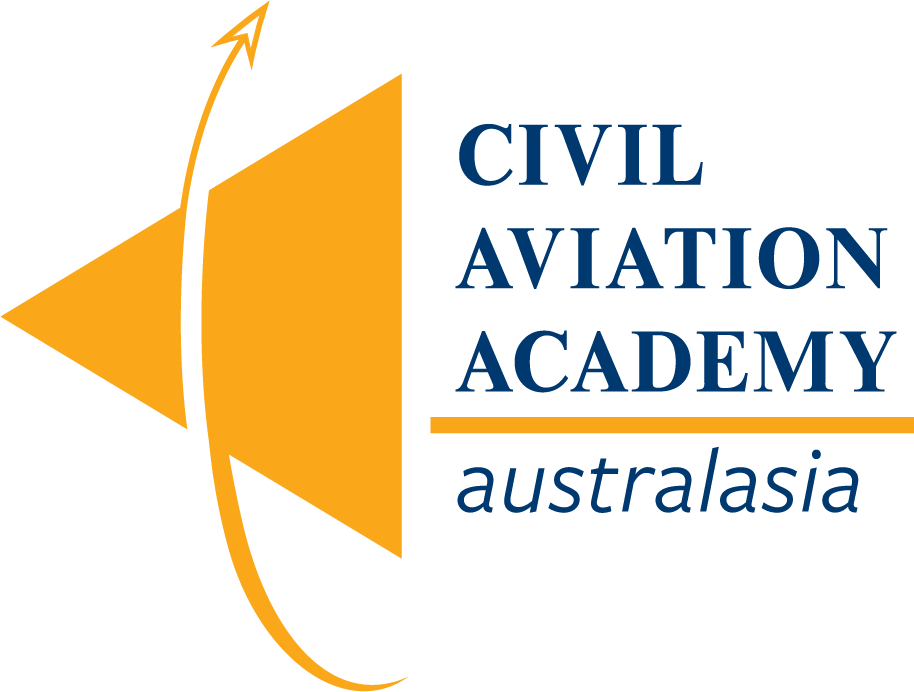- 08 6180 7939
- andy@caaa.com.au
- Mon - Fri: 9:00 - 15:00 (WST Perth)

CAAA News
Hot Air Balloons and Hot Air Ships
Facebook
LinkedIn
The hot air balloon has romantic connotations. There is something beautiful about seeing a balloon drift across the sky. Did you know that hot air ballooning is the oldest form of aviation? The first person to leave the Earth in a balloon was Étienne Montgolfier in 1783. His balloon was tethered to the ground. The thought of fire and fuel in an airborne craft meant hot air ballooning faded from the scene until Ed Yost invented modern hot-air balloons in the mid-1950s. In October 1960, he took the first free flight in a gas-powered balloon.
Did you know that civil aviation regulations cover Hot Air Balloons and Airships? We will examine some of those rules and answer questions about these voluminous aircraft.
What is a Hot Air balloon?
A hot air balloon is a lighter-than-air aircraft made up of a bag, referred to as an “envelope”. The envelope contains heated air. Beneath the hot air balloon is a wicker basket or gondola. Long-distance or high-altitude balloons will sometimes have a capsule.
The basket is where passengers sit with a heat source; in most cases, an open flame is achieved by burning propane. The heat rises and fills the balloon making it buoyant due to the warmer air having a lower density than the external air outside the envelope. There is no need for the envelope to be closed because the air inside is around the same pressure as the surrounding air.
As with most aircraft, hot air balloons cannot fly beyond the atmosphere.
What is the envelope made from?
The envelope is the most visible part of the balloon and is usually made from nylon fabric. The part closest to the live flame is constructed from a fire-resistant material such as Nomex. The envelope can be made in many shapes, but the traditional shape is used most frequently.
Where can you Hot Air Balloon in Australia?
Hot Air Balloon operators can be found in all Australian states and territories.

Why do hot air balloons fly at dawn?
Hot Air Balloon flights in Australia are at dawn because this time of the day provides the perfect weather conditions for a launch. CASA requires pilots to plan their flight based on forecast meteorological conditions. And who doesn’t love to see the sunrise?
Do you need a licence to fly a hot air balloon?
According to CASA, all balloon pilots in Australia must have a pilot’s certificate or licence issued by CASA to be able to fly a balloon. Pilots need different levels of experience before progressing to larger balloons; CASA carefully monitors this. Each commercial operation must have a nominated Chief Pilot and be under an Air Operators Certificate from CASA.
Does a hot air balloon need to be registered?
Hot Air Balloons must be fully registered with CASA ( The Civil Aviation and Safety Authority) and require regular airworthiness checks by authorised personnel.
Can a balloon land anywhere?
Balloon operators usually take off and land on their own property and will choose a position based on the weather conditions. They don’t have a set take-off or landing pad. Balloon pilots can only land on private property with permission from the property owner. In the case of an emergency, consent is not required if no other landing site is available.
Has an Australian ever set a Hot Air Balloon record?
Yes, our very own adventurer Dick Smith with crew member John Wallington flew their helium-powered, hot air balloon across Australia in 1993. The pair set off from Carnarvon in Western Australia and 40 hours later set down near Tabulam, NSW, after travelling 3867km or 2088 nautical miles west to east across Australia in fewer than 41 hours.
What is a Hot Air Ship?
When we think of blimps, the one that usually comes to mind is the German ship, the Hindenburg. This massive passenger airship exploded over New Jersey in 1937, bringing an end to the age of rigid airships. There are, however, new calls to resurrect the airship as an environmentally effective form of transport for the future.
A hot airship or blimp is an airship which works on the same principles as a hot air balloon. The envelope is inflated with heat. While the hot air balloon relies on wind to navigate, the thermal airship has a mode of propulsion.

Other forms of airships utilise helium gas to lift the craft skywards. The helium gas is used to fill enclosed pockets, and when these filled pockets are heated, they will lift further than a balloon. The shape and form of the airship are notable differences from the hot air balloon.
Are there any airships in Australia?
The time-lapse shows the Legend Blimp, a common sight in the skies above Altona in Victoria and NSW in 2014 – 2016. The blimp was restricted in its movements between the two states. Unfortunately, the blimp has been deflated and sent back to the United States.
Do I need a Licence to fly Hot Air Ship?
To be a blimp or hot airship pilot, you require a private pilot’s licence, with 70 flying hours. You also need a commercial pilot’s licence, either fixed wing or helicopter.
You will then need specialised blimp training, of between 100 and 120 hours,
https://www.hotair.com.au/about-hot-air/balloonpilot
Get in touch today to enquire about our courses and arrange for a Zoom or TEAMS meeting with one of our experienced consultants. (08) 61807939 or andy@caaa.com.au
